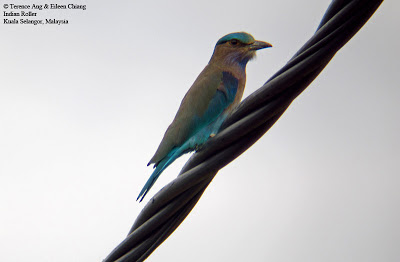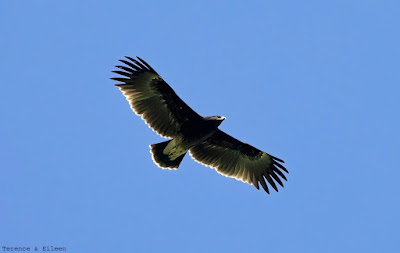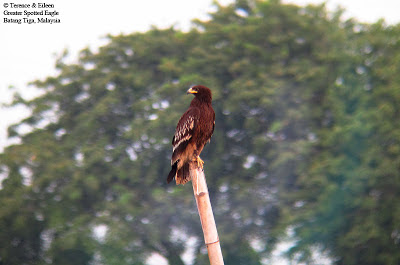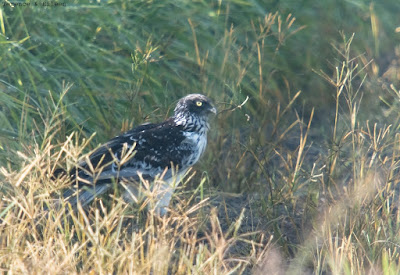A start to raptor watching - raptor identification - Accipiter
Accipiter is one unique family especially in asian raptor. Nevertheless they post some of the greatest challenge in identification. There is many feature require with combination of structural feature. I will write further on each species as time goes by.
Below are feature quoted from 2 difference reference.
Genus ACCIPITER Brisson, 1760
Key to the Species
A. Small but distinct nuchal crest | A.trivirgatus |
B. No definite crest | 1 |
1. Middle toe without claw considerably longer than outer toe with claw | a |
Middle toe without claw about as long as outer toe with claw | b |
a. Black mesial throat-stripe absent; wing male 202-219mm, female 233-260mm | A.nisus |
Black mesial throat-stripe generally present; wing male 145-174mm, female 182-210mm | A.virgatus |
b. Third primary longest | A.soloensis |
Fourth or the fith primary longest | I |
I. Larger; wing male 290-324, female 353-362mm | A.gentilis |
Smaller; wing male 168-206mm, female 180-226mm | A.badius |
Source:
Salim Ali & S. Dillon Ripley, 1981, Handbook of the Birds of India and Pakistan Vol 1 Divers to Hawks,Oxford University Press , London
Key to the Species
1. A distinct nuchal crest formed by several lengthened feather. Wing male 195-205mm, female 225mm | A.trivirgatus |
No such crest | 2 |
2. Outer claw with toes about as long as the middle toe without claw. Wing 180-199mm, Cere yellow even in old skins | A.soloensis |
Middle toe very long, the toes without claw much longer than outer toe with claw | 3 |
3. Wing of male 205mm, of female 238mm | A.nisus |
Wing of male under 175mm, of female under 200mm | 4 |
4. Primary P9 slightly shorter than P5. P6 and P7 equal | A.virgatus |
Primary P9 longer than P5. P7 longer than P8 which is longer than P6 | A.gularis |
* The inner toe (without claw) reaches the base of the outermost phalanx of the. Middle toe; the inner toe extend to beyond 60% of the length of the middle toe (without claw). The middle toes is less than 58% of the tarsus. This foot structure seperates trivirgatus at once from nisus and virgatus
(direct quote)
Source
Smythies B.E Revised by Davison G.W.H, 1999, The Birds Of Borneo, Natural History Publication, Sabah Malaysia.









Comments
Post a Comment